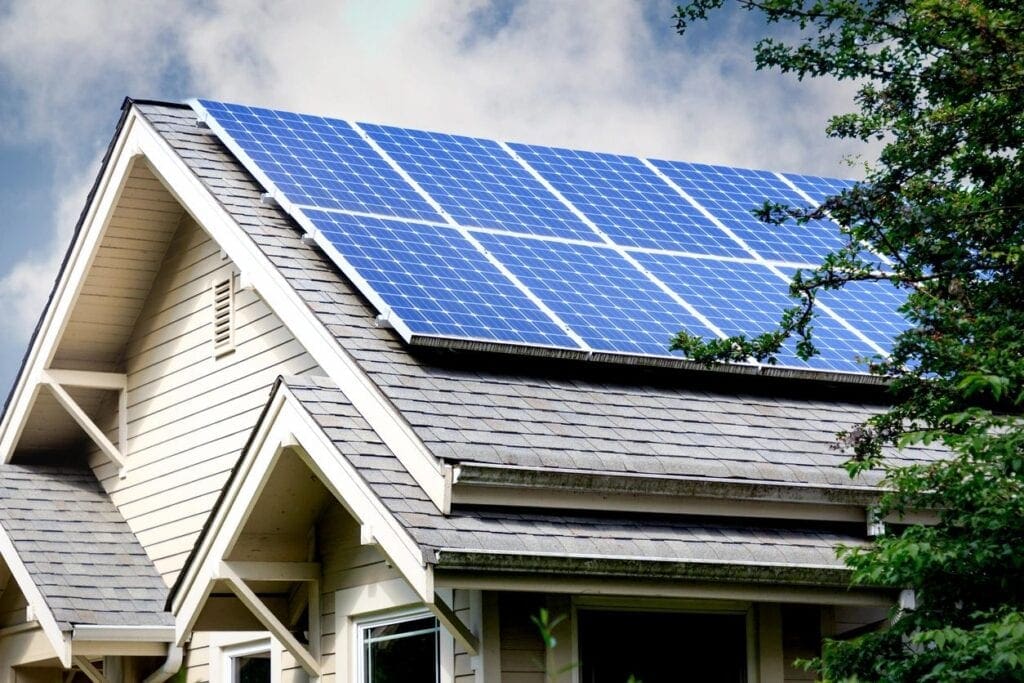Twin Cities Green living and sustainability are crucial in modern-day construction. The real estate sector has evolved beyond mere construction and seeks to incorporate green tenets. So, what constitutes a green building? Here is a look.

A green home is one which uses sustainable methods of construction that boost energy efficiency in the building. A sustainable design is one that uses a high level of insulation, allows the building to capture cool breeze and enable heating with natural methods/sources like geothermal or renewable energy. Using solar-powered systems is one part of the solution. During construction, it helps to use framing methods that use at least 30 per cent reduced lumber, thereby saving both energy and cost. Appliances used in a home should be as energy-efficient as possible, apart from having the Energy Star Labels assigned by the EPA.
Construction materials used
The construction materials used in building green homes make a lot of difference. Consider recycled materials, or locally-sourced materials for increased sustainability. Materials considered green include cork, baked soil, engineered wood, bamboo, and straw, among others.
Water usage
Watertight surfaces like paved paths or driveways don’t let runoff water seep into the ground. Instead, use gravel that is not compacted, crushed material such as stone or porous blocks to pave your pathways. Another method to improve water efficiency is collect rainwater and harvest the same with a storage and filtration set-up. Having green rooftops and open spaces help capture run-off water. Design the plumbing of your home in such a manner that water is recycled, and toilets have a low-flush option.
Boost indoor air quality
A major aspect of urban living is having to battle pollution. Oftentimes, the pollution is within our homes. Boosting indoor air quality goes a long way in improving your health and beating pollution. According to the EPA, nearly 30 per cent of renovated and new buildings have poor air quality. Your carpet could be attracting a lot of allergens, so how about using one made of wool or recycled material? In fact, cutting down on carpet helps steer clear of dust or mildew.
Paints and plants!
Always use low volatile organic compounds (VOC) paints, and make sure that the materials you choose for construction don’t encourage growth of microbes. Ensure that window covers/curtains are not synthetic; clean them often. When you choose air conditioning, use the most energy-efficient one. Clean the filters of your air conditioner frequently. Place potted plants to give the indoor air a healthy touch.
